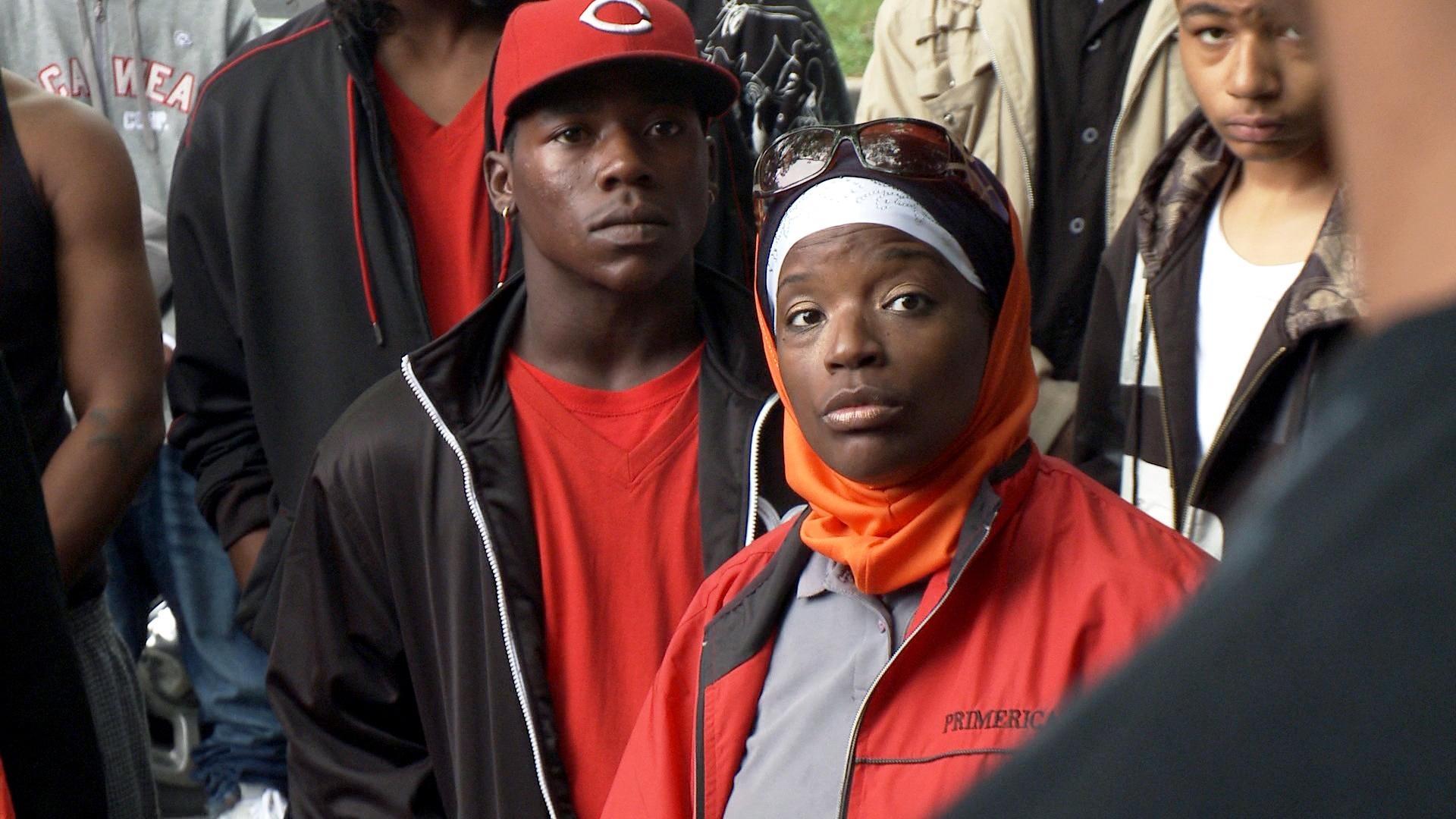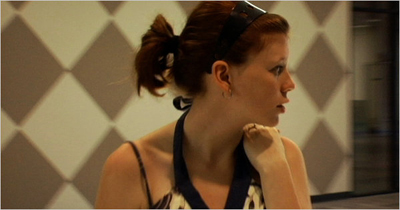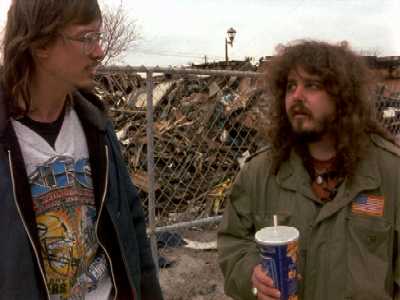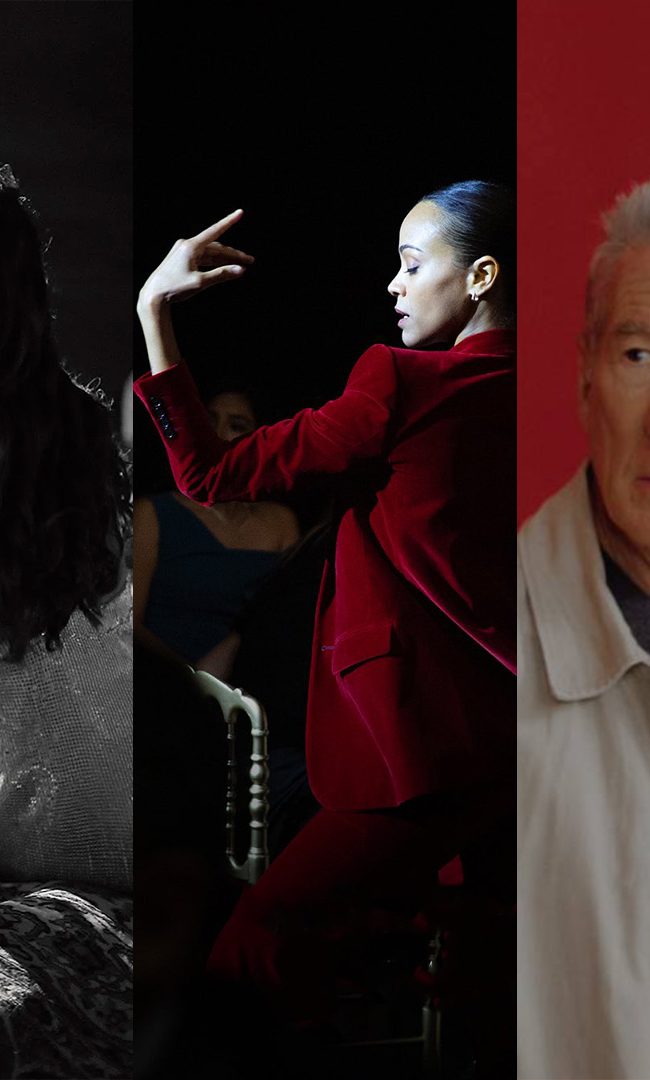A CALL TO RECOGNIZE THE BEST PERFORMANCES IN NONFICTION FILM

The time has come to recognize an aspect of nonfiction cinema that has been overlooked for too long. The nature of documentary, of course, is that the image is based in reality. But it has come to be axiomatic that reality in nonfiction film is quite complicated, that the camera changes things, truth is a moving target, etc. The exploration of these complications often makes for the most exciting films.
Also true is that most (not all) documentaries focus on a subject, a person, a real life human being that becomes a character onscreen. These people often give much of their selves to the cause of making a film and are often transformed into mini-celebrities in the process. But to date their contributions, and the way in which their “selves” get “performed” and how that creates meaning, have been largely ignored in discussions of what makes a film a success.
The Cinema Eye Honors was founded in 2007, becoming the first major organization to truly recognize the craft of documentary, giving awards for editing, cinematography, graphics, directing, etc. I believe in the mission of Cinema Eye; I have helped out for a couple of years and will be more involved for the 2014 edition. To my mind, these awards have helped define the current era of documentary film’s artistic and cultural evolution. But in order for Cinema Eye to remain a progressive force, it’s time to take a big step by recognizing the contributions of those in front of the camera.
Cinema Eye must create a category to award the Best Performance in a Nonfiction Film.
The reasons this award is needed are twofold. First, many of the best documentaries play with the idea of performance and with representations of reality, and helping viewers understand why this is a crucial aspect to documentary cinema can only help elevate the form. Second, those that expose themselves for our cameras are often given little in return. This needs to change. If the cliché “when you cast your film, you cast your fate” is especially true for documentaries, then the contributions of those who’ve been cast must be acknowledged and praised.
 My direct interest in recognizing this issue actually began with a piece written about my second documentary, Kati With An I. In his indieWIRE review, critic Eric Kohn wrote that the film’s central character Kati Genthner “delivers a heartfelt screen presence that ranks among the best performances of the year.” I found this to be an exhilarating idea. Not only was I sure that the effect of Kati’s presence as a character was central to the artistic success of the film, but I longed for a way to celebrate the symbiotic (if complex) relationship between camera and star. I quickly realized that the slippery dialectic between real person and fabricated character was one of the most vivid and dynamic concepts a nonfiction film could explore.
My direct interest in recognizing this issue actually began with a piece written about my second documentary, Kati With An I. In his indieWIRE review, critic Eric Kohn wrote that the film’s central character Kati Genthner “delivers a heartfelt screen presence that ranks among the best performances of the year.” I found this to be an exhilarating idea. Not only was I sure that the effect of Kati’s presence as a character was central to the artistic success of the film, but I longed for a way to celebrate the symbiotic (if complex) relationship between camera and star. I quickly realized that the slippery dialectic between real person and fabricated character was one of the most vivid and dynamic concepts a nonfiction film could explore.
This, of course, has been true from the beginning. Robert Flaherty’s 1922 masterpiece Nanook of the North featured a real person staging real actions. Films as diverse as Jean Rouch’s Chronicle of a Summer (1961), Shirley Clarke’s Portrait of Jason (1967) and the cinematic inquiries of Frederick Wiseman can all, in many ways, be seen as subtle dissections of performance. Wiseman’s own term to describe his work is “reality fictions,” a direct acknowledgment of the constructed nature of his films. Wiseman is also known for denying that the camera affects the people he films, though he readily admits to the manipulative nature of editing. Understanding this paradox is a key to understanding his work.
Meanwhile, you have Werner Herzog’s “ecstatic truth” idea that invigorates his best documentaries. In the 1997 film Little Dieter Needs to Fly, when star Dieter Dengler demonstrates his need to open and close a door several times before he enters a room due to war trauma, it is a bracing moment that animates his psychological state. It’s also (allegedly) completely staged. Herzog asked his actor/subject to create the tic to make a scene more interesting. His films are full of such glorious interventions and have paved the way for other important fiction/nonfiction chimeras such as Miguel Gomes’s Our Beloved Month of August and Michal Marczak’s At the Edge of Russia.
 When Chris Smith’s 1999 hit American Movie was criticized in some circles, it was often because the film clearly violated some of the more conservative tenets of documentary filmmaking at the time by fully and openly embracing its characters’ performances to hilarious and heartwarming effect. The legacy that American Movie brought to a wider audience is still being felt today. Many of the best films this year, for instance, incorporate dissections of performance into their formal design. Take the climatic scene in Lotfy Nathan’s 12 O’Clock Boys, for example, where a chest-puffed-out main character Pug describes a late night raid in unbelievable terms as we watch the action intercut, unsure of what’s staged and what’s real. Or bask in the extended dissection of political performance in AJ Schnack’s (who is also co-founder of Cinema Eye) Caucus. Joshua Oppenheimer’s The Act of Killing and Sarah Polley’s Stories We Tell, two of the most talked about films of the year, are both meditations on performance.
When Chris Smith’s 1999 hit American Movie was criticized in some circles, it was often because the film clearly violated some of the more conservative tenets of documentary filmmaking at the time by fully and openly embracing its characters’ performances to hilarious and heartwarming effect. The legacy that American Movie brought to a wider audience is still being felt today. Many of the best films this year, for instance, incorporate dissections of performance into their formal design. Take the climatic scene in Lotfy Nathan’s 12 O’Clock Boys, for example, where a chest-puffed-out main character Pug describes a late night raid in unbelievable terms as we watch the action intercut, unsure of what’s staged and what’s real. Or bask in the extended dissection of political performance in AJ Schnack’s (who is also co-founder of Cinema Eye) Caucus. Joshua Oppenheimer’s The Act of Killing and Sarah Polley’s Stories We Tell, two of the most talked about films of the year, are both meditations on performance.
We’ve reached a point where these ideas have become integral to the viewing of nonfiction films. People play themselves, reenact their social roles onscreen, and the documentary camera can transform this surface tension between real and represented into an eye-opening and worthy cinematic experience.
Yet the characters onscreen remain real people; their real lives go on after the cameras stop documenting. Sometimes they don’t love what they see in the movies they’ve “starred” in; sometimes the toll of the process is quite high. The people who go before the camera may do so for many reasons, but they deserve our respect, especially when they are such a crucial part of the best films. Can one imagine Steve James’ The Interrupters without the monumental screen performance of Ameena Matthews? Or Bart Layton’s The Imposter without the participation of Frédéric Bourdin?
Recognizing those onscreen at Cinema Eye could initiate potentially revolutionary formal discussions about the nature of nonfiction cinema, while also bringing the sacrifices and contributions made by the real people we document to the forefront. It’s a prickly idea that has its complications, to be sure. Unnecessary exploitation must be avoided. We must choose who we parade on stage carefully.
In his celebrated “10 Rules for Documentary Filmmaking,” Victor Kossakovsky says, “Documentary is the only art, where every aesthetical element almost always has ethical aspects and every ethical aspect can be used aesthetically.” Introducing an award for Best Performance in a Nonfiction Film is a way to illuminate this crucial point about what we do. It’s time to make this happen.
— Robert Greene












David Redmon
I recommend creating a category for Best Performance of the Year as a Documentary Filmmaker.
Christopher Campbell
An interesting part of docs to discuss, certainly, and I’d like to note that performing reality goes back much further than Nanook. Look at any of the old “nonfiction” works shot at Edison’s Black Maria. Blacksmith’s performing their jobs, etc. Meanwhile, how many docs are really only as good as their subjects being interesting. Like Winnebago Man or Paul Williams Still Alive, maybe. Plus there are classics by great filmmakers that are best remembered because of the subject performance, such as Grey Gardens and Don’t Look Back.
As for the award part, though, I think that could be tricky. If performance is encouraged then there’s a chance that more subjects will perform even more instead of being genuine. If Kati thought she could get an award for starring in your film, would that change her reality even more than just having the camera on her? I don’t know. But it’s possible.
Christian Jensen
I’m so glad this is being discussed. I think the contributions of social actors in front of the documentary camera are extremely under appreciated and overlooked. As the documentary form becomes increasingly hybridized (thanks to many filmmakers, including Herzog) I think the line between traditional performance and documentary performance is going to become even more blurred. What is the difference, for example, between a “non-actor” being directed by Vittorio de Sica in a neo-realist film, and James Marsh directing (or being directed by) Phillippe Petit in “Man on Wire”?
As for getting a Best Performance for a Documentary Filmmaker into the Academy Awards… there’s not way in hell. The Screen Actors Guild would collectively crap their pants and throw a fit until the idea was summarily dismissed.